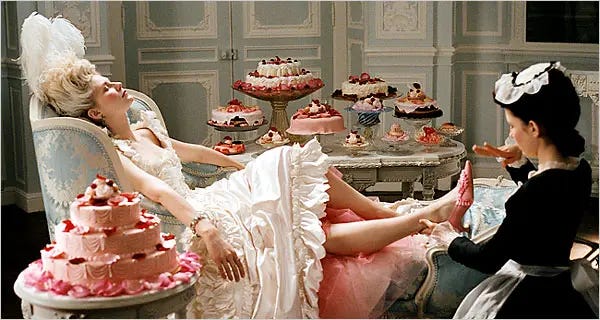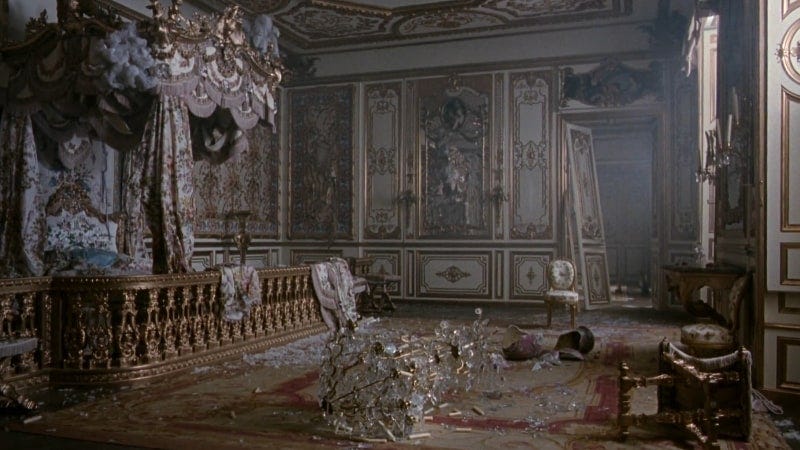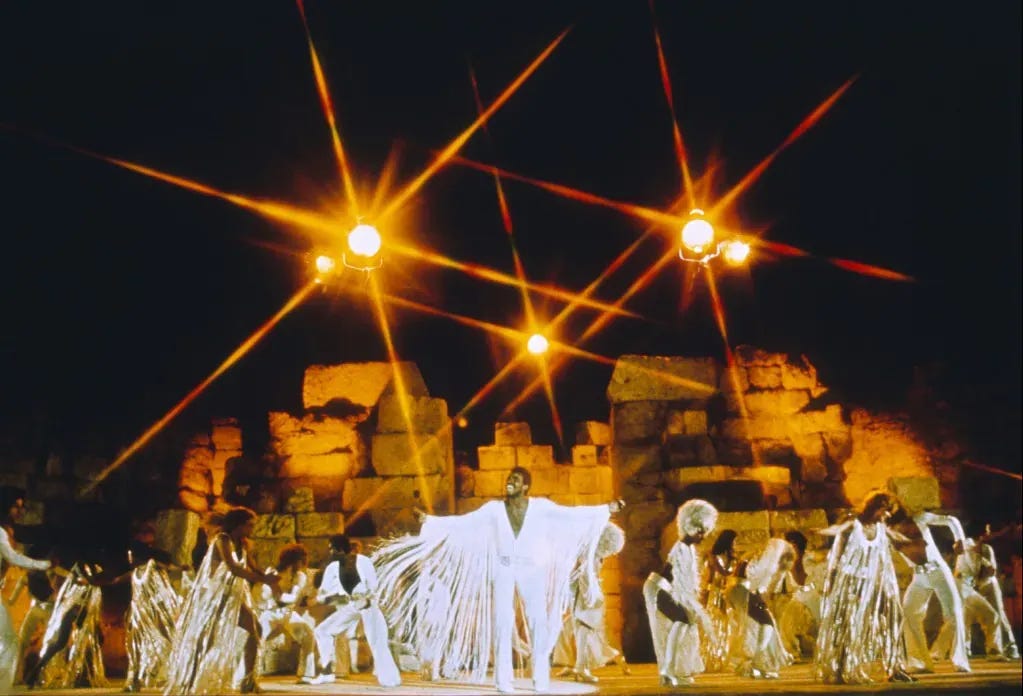The 2000 NBA playoffs were the first I remember watching, and from the jump I hated the Los Angeles Lakers. As a middle school JV athlete at the time, I recognized archetypes I’d played against myself. Shaquille O’Neal was just too big for this competition—like the 6’2” sixth grader with the start of a mustache and a voice several octaves lower than his teammates’. Kobe Bryant played every possession like he was shooting hoops alone in his driveway: counting down in his head to some imaginary buzzer, dribbling into dramatic, contested jumpers as if each was a potential championship-winner. Robert Horry toyed with his food, disappearing for three and a half quarters —just long enough to give the other team hope—then suddenly “Big Shot Bob” couldn’t miss. The rest of the Lakers’ roster (including coach Phil Jackson) was unabashedly poached from the wreckage of the Chicago Bulls’ dynasty: Ron Harper, Horace Grant, John Salley, even a brief stint of Dennis Rodman. For three straight years at the start of the aughts—a run that felt like an eternity to 12-year-old me—Los Angeles held the NBA’s championship belt. Jack Nicholson’s dark shades and rictus grin mocked me from his court side seat every game, arms folded, perfectly at ease, assured of another Laker victory. The next two decades only confirmed my impression of them as a franchise thriving on ill-gotten gains. One need only look at the list of Hall of Famers lured by the bright lights of Hollywood and questionable business dealings: Gary Payton and Karl Malone in 2003, Pau Gasol (via controversial trade) in 2008, two-time MVP Steve Nash and Dwight Howard in 2012, LeBron James in 2019, and Anthony Davis (under suspicious circumstances) in 2020. All of this in the name of adding a few more trophies to their already-crowded case. The Los Angeles Lakers are unequivocally the bad guys in modern NBA history. Right? Right?
The hero/villain dichotomy is never as stark as it feels when you’re young. Perspectives broaden with maturity, and shades of black and white tend to blend into grey. Even history’s most reviled villains can be humanized with a perspective shift. Take Norman Jewison’s film adaptation of the Andrew Lloyd Webber musical Jesus Christ Superstar, where the familiar Easter story is retold from the perspective of Judas Iscariot—a figure so reviled in Christianity for his betrayal, he earned naming rights for the innermost circle of Dante’s Inferno. Carl Anderson’s portrayal is far more sympathetic. He’s afraid of crossing the Roman occupiers in Jerusalem. He observes what he perceives as inconsistencies in Jesus’s teachings. He doesn’t feel listened to, and his feelings are hurt. This is not a man acting out of malice, but fear, confusion, and desperation. In his final musical number, Judas even introduces the question of his own culpability if the crucifixion was predestined, as he dances alongside heavenly beings—a much softer eternity than one as Satan’s chew toy. Sofia Coppola’s Marie Antoinette pulls off the same trick with the eponymous, out-of-touch last queen of France, whose history textbook legacy is reduced to a famously misquoted sound bite and the blame for the French Revolution. Sofia’s take? She was a bored teenager in the wrong place at the wrong time, in way over her head. Neither of these works transforms their subject into a traditional hero, but shining a light on their humanity shows that nor are they absolute villains. Human history is a messy crayon scribble; it doesn’t stay inside the neat narrative lines we like to construct for it. Maybe there’s more to the Shaq/Kobe story than my underdeveloped tween brain could comprehend.
Shaquille O’Neal was taken with the number one pick in the 1992 NBA draft by the Orlando Magic. In his rookie season, he became the young franchise’s first-ever All-Star. He led them to their first playoff appearance the next year and carried them all the way to the NBA Finals in year three. Shaq was inching ever closer to championship glory with the franchise who drafted him, steamrolling through any obstacle in his path. But the Magic hit an immovable object in 1996 when Michael Jordan’s return led a retooled, motivated Chicago Bulls team to a 72-10 record that easily leapfrogged them back to the top of the East. It was time to render unto Caesar what was Caesar’s: the Bulls weren’t sharing their championship trophies with anyone anytime soon. Following a humiliating sweep, O’Neal’s commitment began to waver, and the Orlando crowd started to turn—calling him overpaid and questioning his leadership. In the summer of 1996, Shaq sold out; the $121 million contract L.A. offered was more than ample blood money for his betrayal. Facing adversity, he ran away—fleeing the Bulls in favor of an easier path in the opposite conference, and torpedoing Orlando’s title chances with his departure. But maybe it wasn’t a choice at all. For a charismatic star who’d go on to dabble in movies, tirelessly pitch Papa Johns, Gold Bond, and the General, and find a second career as a TV analyst, maybe his move to Hollywood was predestined.

L.A.’s new star needed a partner, and GM Jerry West believed he’d found one earlier that summer in high schooler Kobe Bryant—a 17-year-old prospect so young he legally required a parent’s signature on his first contract. Kobe quickly accumulated the trappings of stardom—becoming the youngest winner of the Slam Dunk Contest in his rookie year and being voted an All-Star starter his sophomore season—but without the responsibility. For the first two years, Bryant was a luxury off the bench, backing up their All-Star backcourt of Eddie Jones and Nick Van Exel. When both were moved to clear the way for Kobe, he still had the world’s biggest security blanket in O’Neal to shield him from the physical burden of carrying a team on his own as the Lakers prepared to inherit the league. But despite his pampering, the pressures to win were no joke. Playing in Los Angeles’s Forum under an obscene wealth of Lakers banners and retired jerseys amped up expectations, and the out-of-touch fans sitting court side at the NBA’s equivalent of the Palace at Versailles had no interest in the struggles of a common team. They treated their stars as sovereigns and expected the instant gratification of trophies in return—never mind that Kobe couldn’t even legally drink the championship champagne yet. In his first three playoffs, the Lakers were blown out: a 4-1 loss in the conference semis in ‘97, a 4-0 sweep in the conference finals in ‘98, and a 4-0 sweep in the conference semis in ‘99. A mob was forming outside the gates of their cavernous new Staples Center home. If their young superstar couldn’t deliver soon, it would be off with his head.

By the start of the 2000 NBA season, the shine was wearing off these Lakers. The San Antonio Spurs—not L.A.—had captured the first post-MJ title, and the addition of Scottie Pippen to an overachieving Portland Trail Blazers core made them the trendy pick to win the next one. Four years into the Shaq/Kobe experiment, the underachieving duo were on a trajectory toward the deepest circle of critical hell: one reserved for ringless superstars. Their presumed easy path had been anything but a cakewalk. With this context, there’s a genuine catharsis to their first title run in 2000. The oft-replayed moment of Kobe and Shaq connecting for an alley-oop to cap off their improbable Western Conference Finals comeback is a scene of two stars finally in alignment, ascending together to leave their playoff demons behind. As the two embrace amid purple and gold confetti following their Game 6 Finals win over Indiana, the blare of the final buzzer reverberates like the bone-rattling opening notes of The Cure’s “Plainsong” soundtracking a long-awaited coronation. It’s a crowning not of heroes, but of flawed, messy humans who deserve to have their side of the story heard too.

As the decade progressed, the Lakers’ reign had more than its fair share of villainy: three years of playoff dominance that included a 2002 series that was possibly rigged, an on-and-off-court beef between its two stars robust enough for its own Wikipedia page, the birth of the miserable Hack-a-Shaq tactic (for all the present-day handwringing over three-pointers ruining the game, I challenge anyone to enjoy aughts-vintage Shaq grinding the game to a halt by shooting 39 free throws and missing more than half of them), and ultimately betrayal, as Kobe ran his co-star out of town. I still think of the Los Angeles Lakers as the bad guys, but I’ve softened my stance. Revisiting their first title run is a useful reminder that they weren’t always the arrogant, world-conquering basketball despots I remember. Beyond that, history has always needed villains to tell heroes’ stories—the bigger and badder, the better. Nobody was bigger and badder than the Lakers of the early aughts, which made them the perfect conquest for any aspiring hero—my seventh-grade class did a time capsule project in 2003, and I brought in a newspaper clipping of Shaquille O’Neal crying after the Lakers finally lost a playoff series because, “I wanted to remember this forever.” Los Angeles’s reign left the other 28 teams in the league starving for a title, but there was a solution elegant enough to have been uttered by the last queen of France herself: let them beat LA.






